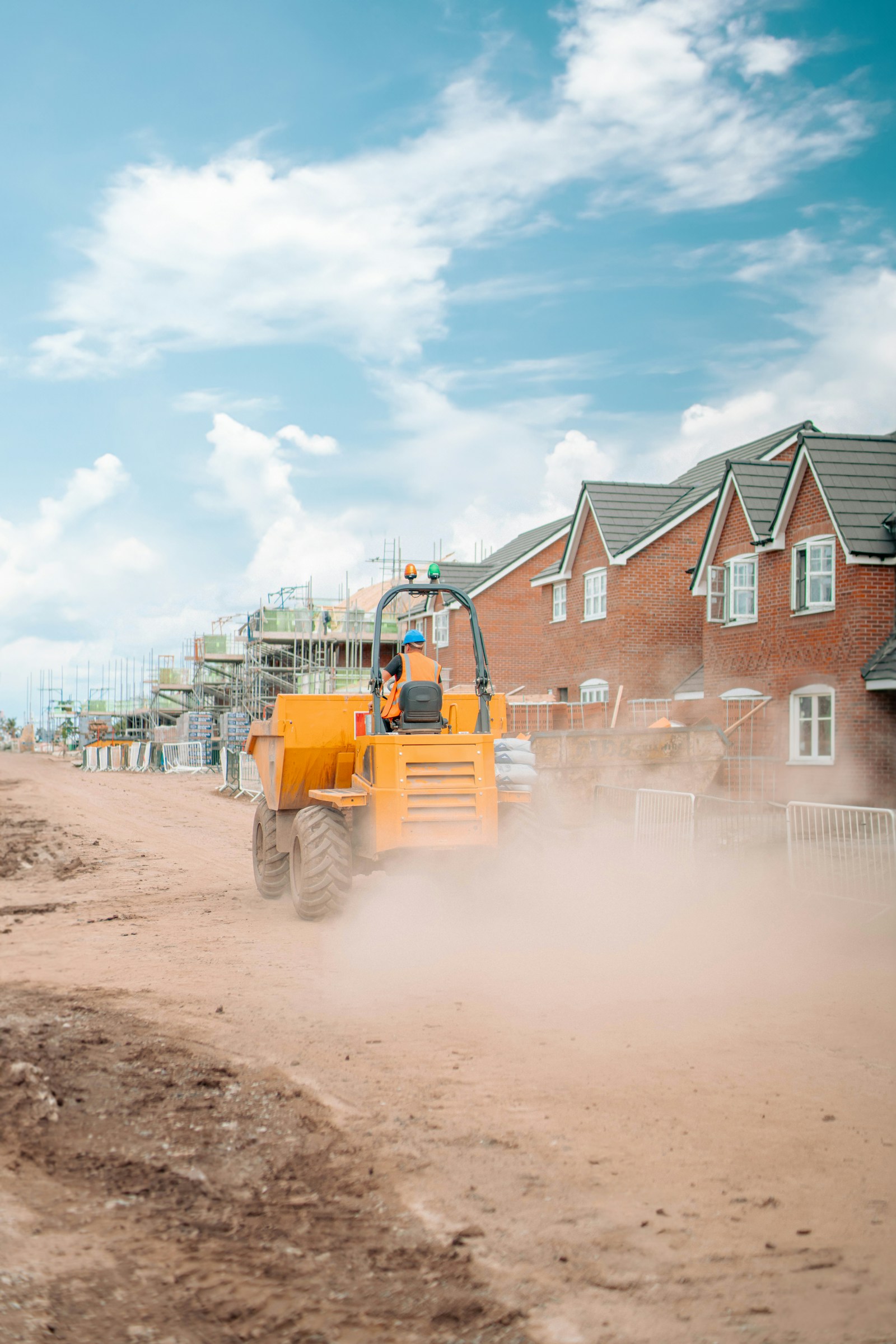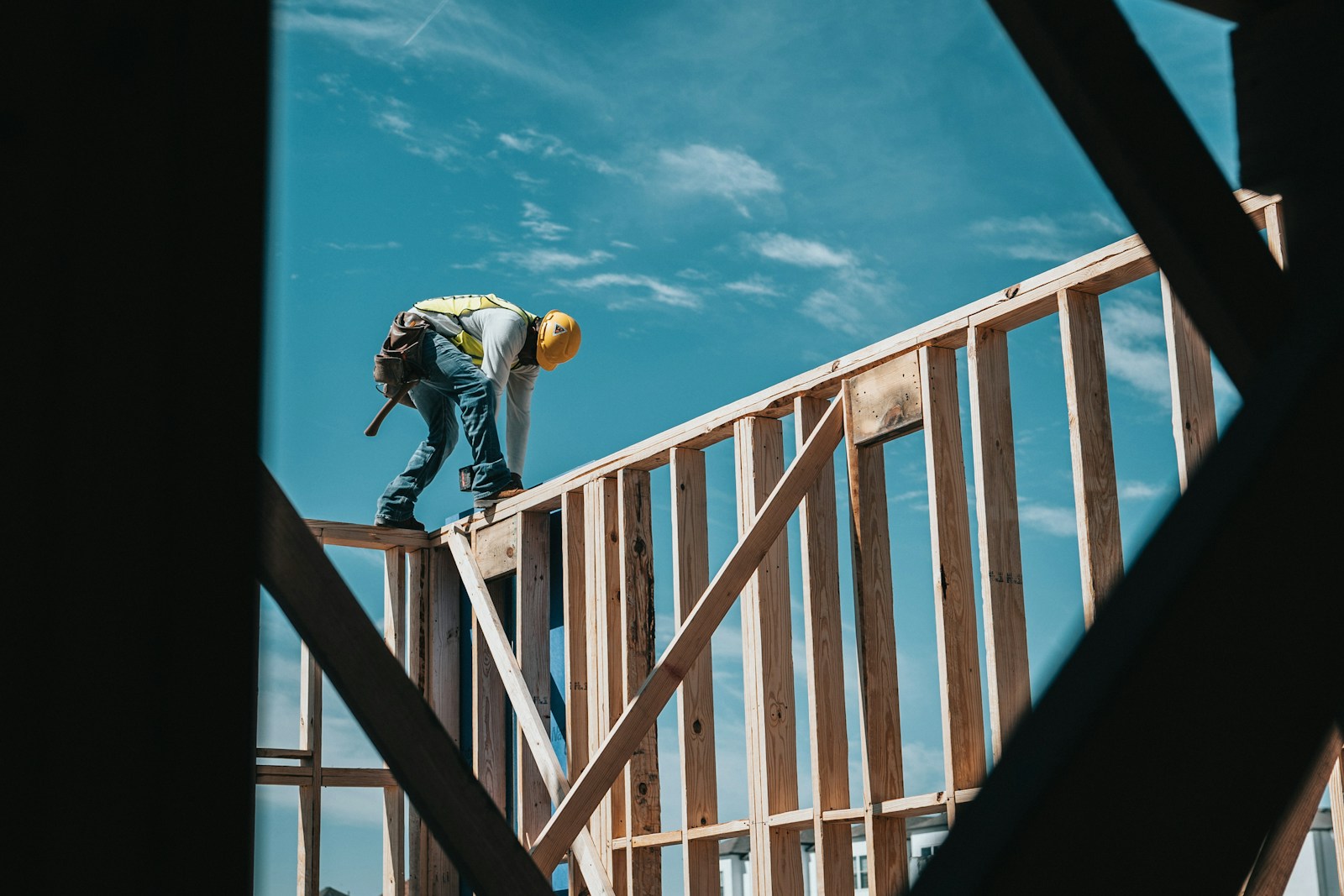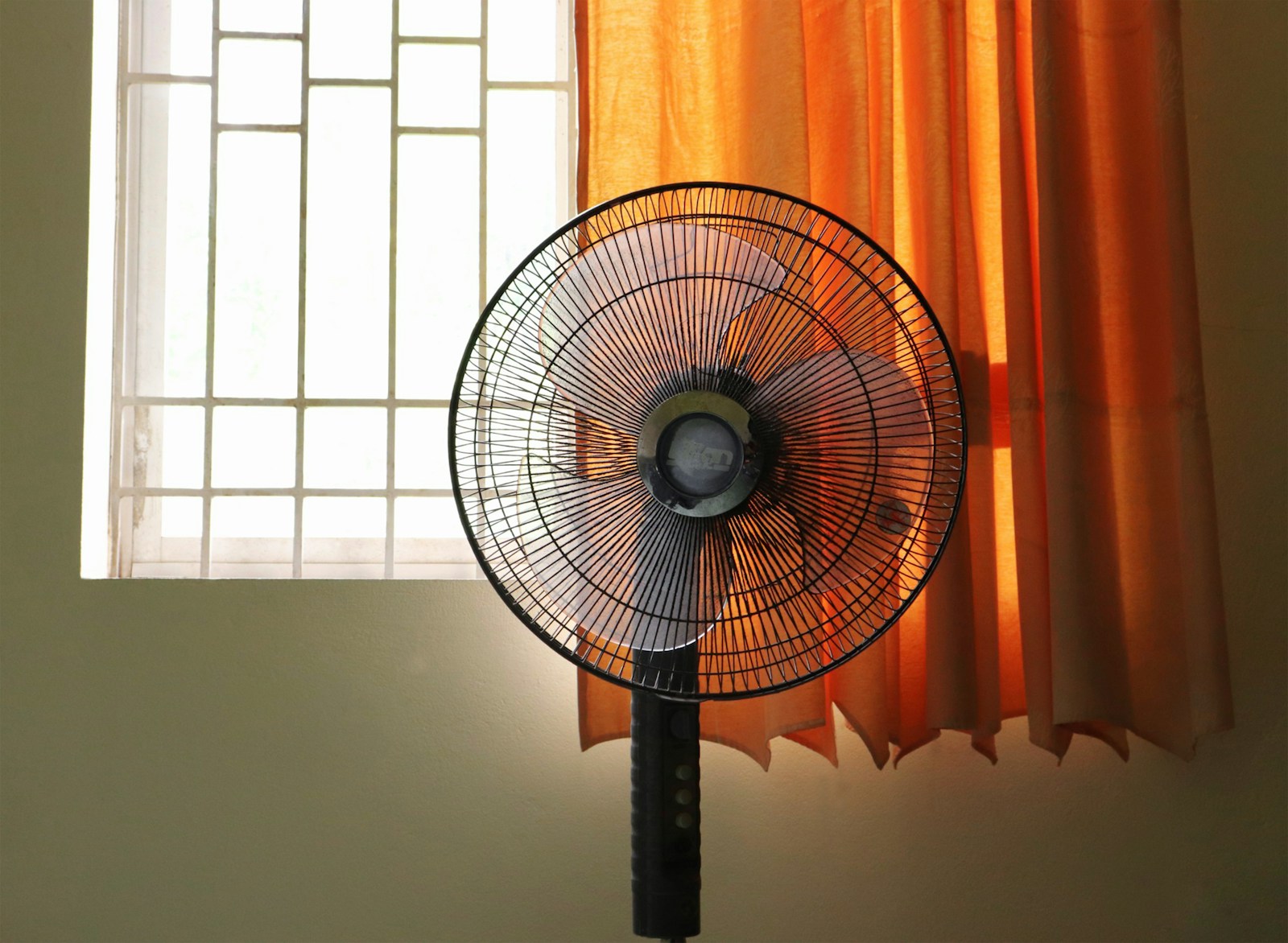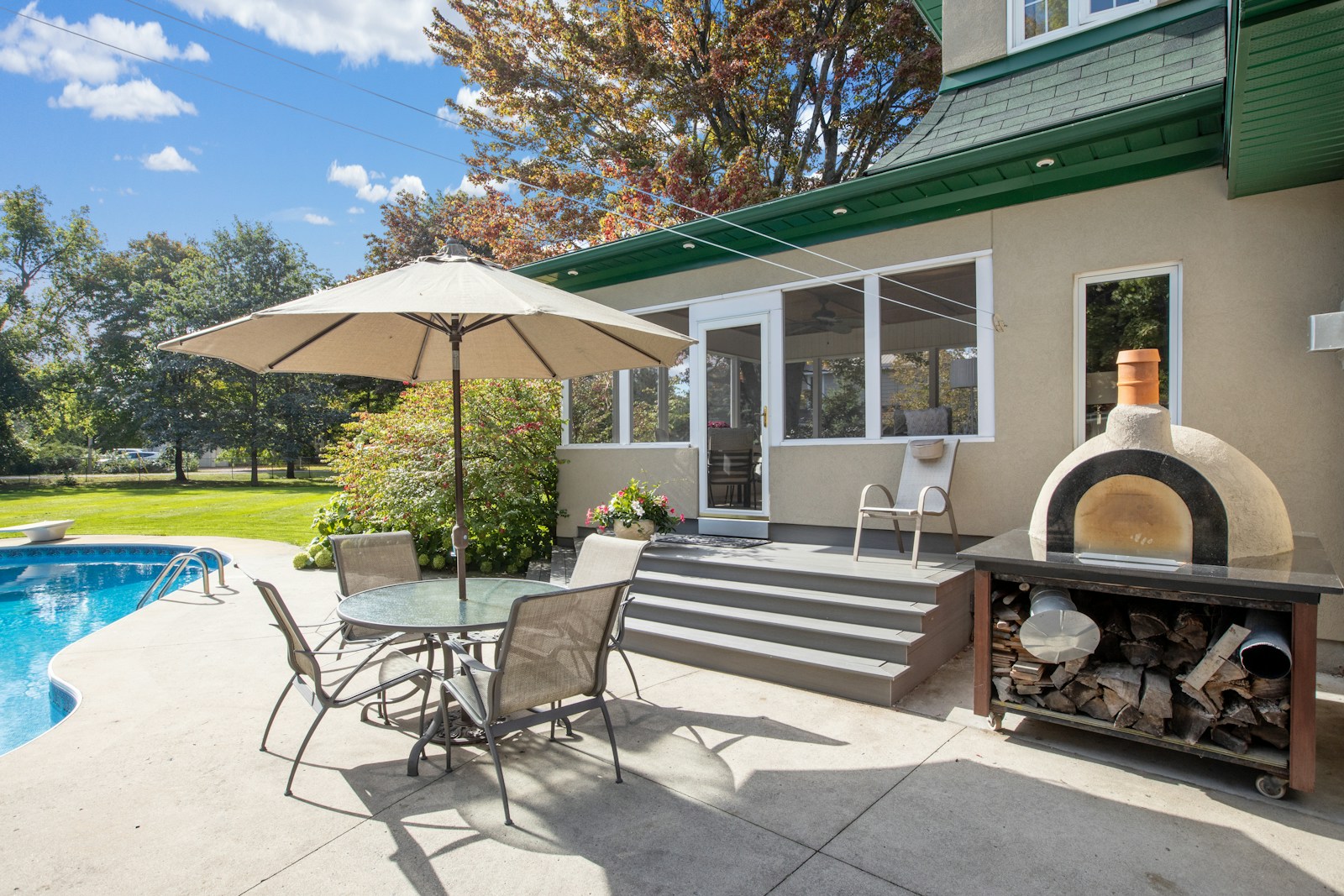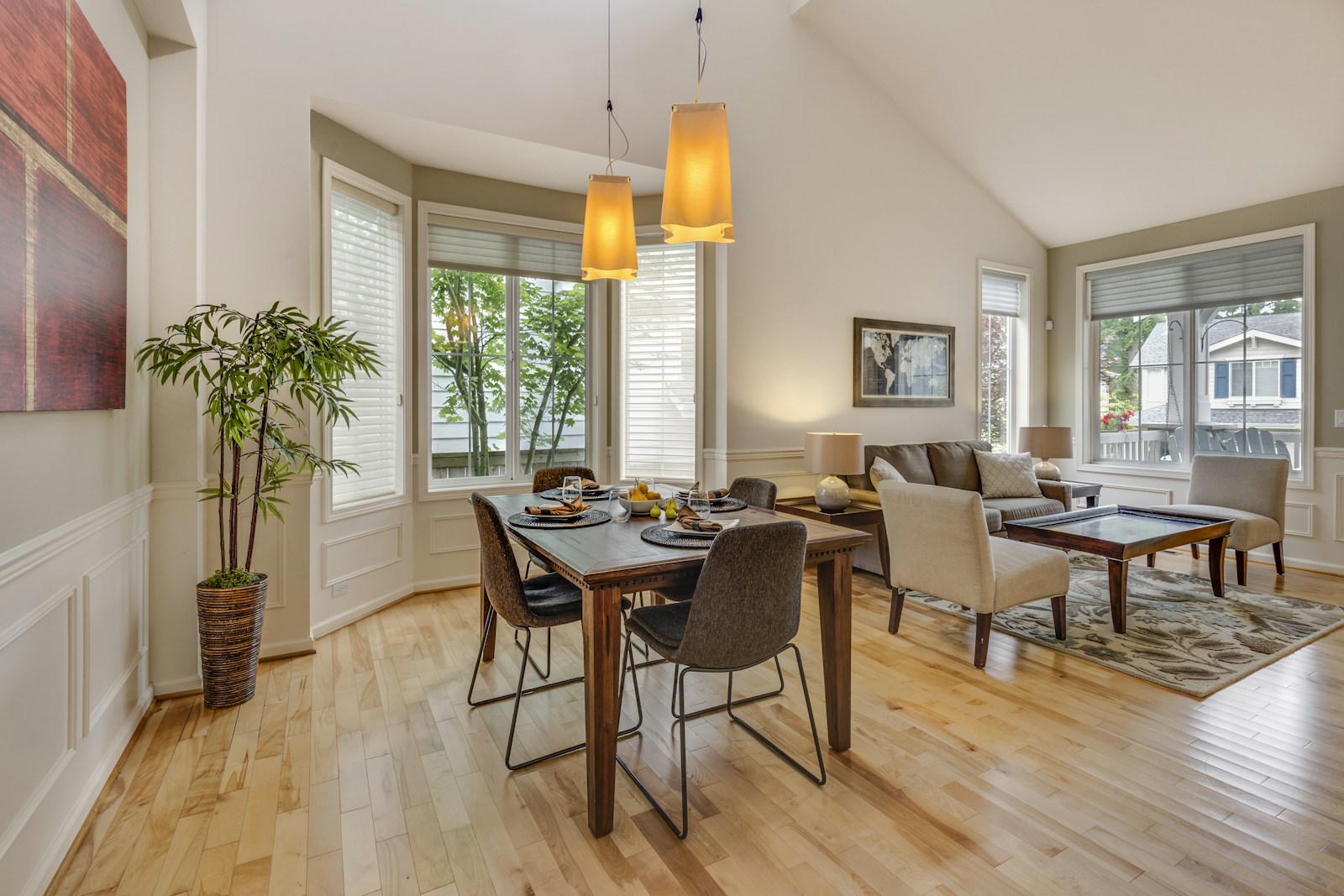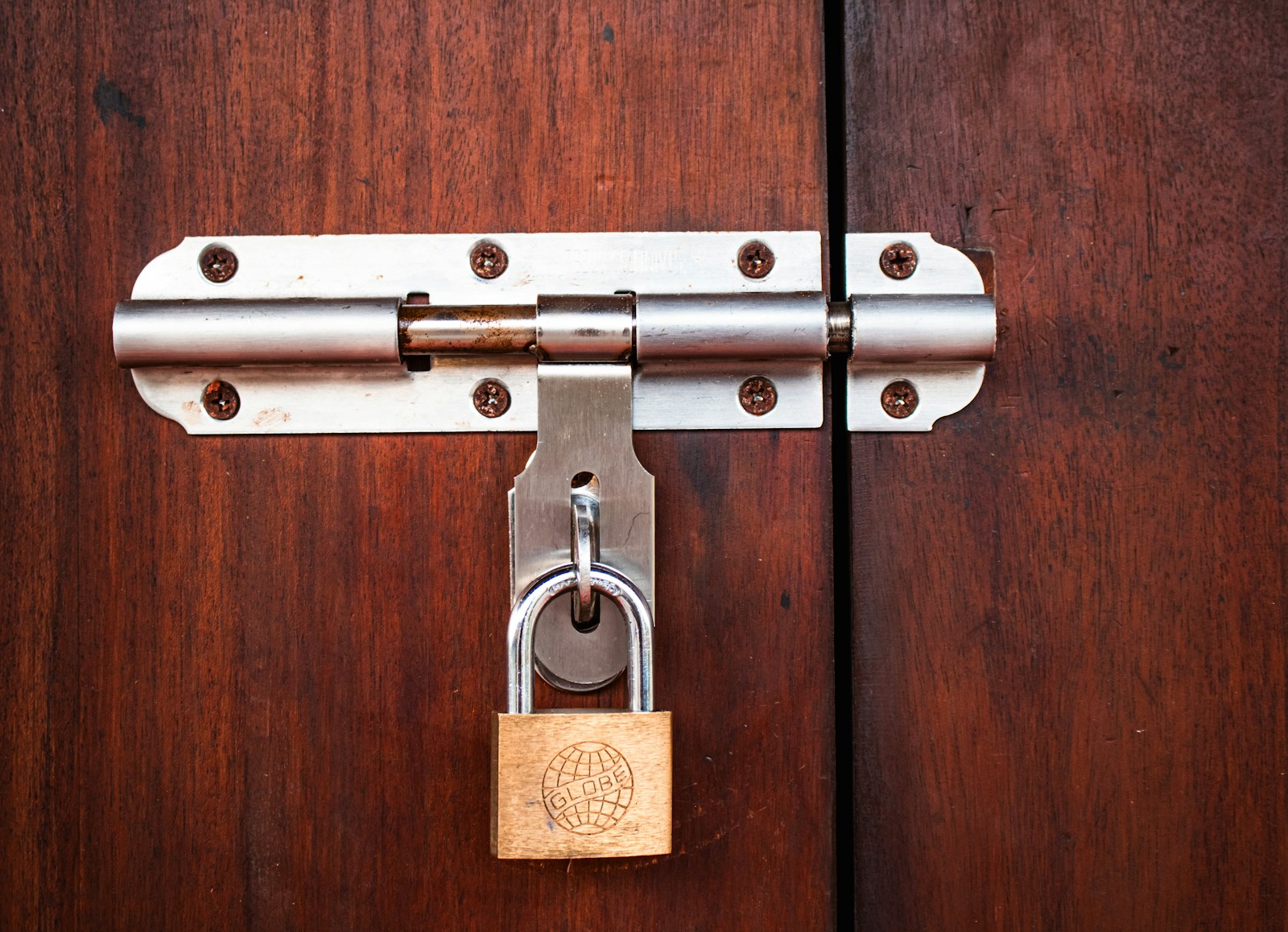As the Canadian real estate market continues to evolve, both buyers and sellers are exploring creative financing options to close deals in a challenging environment. One such alternative gaining traction again is the Vendor Take Back (VTB) mortgage. For buyers facing hurdles with traditional lending, and for sellers eager to get their property sold while generating passive income, a VTB mortgage may be an ideal solution.
But what exactly is a vendor take back mortgage, and how can it benefit you?

What is a Vendor Take Back Mortgage?
A Vendor Take Back mortgage is a financing arrangement where the seller of a property lends money directly to the buyer to help them complete the purchase. Instead of securing a loan from a bank, the buyer agrees to make regular mortgage payments directly to the seller. This type of financing is only available if the seller owns the property outright, with no existing mortgage.
This strategy is especially helpful when buyers face challenges securing a conventional mortgage due to limited credit history, tight lending criteria, or insufficient down payment funds. On the flip side, it allows sellers to earn interest on their money while selling their home faster in a competitive or slow-moving market.

How Does a Vendor Take Back Mortgage Work?
In a VTB mortgage, the seller essentially becomes the lender. The buyer still signs a formal mortgage agreement, pays interest, and agrees to a repayment schedule—similar to a traditional mortgage—with the terms negotiated directly between the two parties.
The amount provided through a VTB can vary:
It may cover a portion of the down payment.
It might serve as secondary financing to bridge the gap between the buyer’s funds and the primary mortgage.
In some cases, it may finance the entire purchase, especially for commercial properties or vacant land.

Structuring Options for a VTB Mortgage
There are several ways to structure a vendor take back mortgage, depending on the property type and the needs of both parties:
1. Secondary Financing
This is the most common format, where the VTB acts as a second mortgage behind the buyer’s primary lender. The buyer secures a traditional mortgage and uses the VTB to cover additional costs. This setup typically involves a higher interest rate to compensate the seller for being in a secondary position.
2. Primary Financing
For unique properties, such as vacant land or commercial real estate, the seller might offer the full financing package. While this places more risk on the seller, it also provides greater control and can help offload hard-to-sell properties.
3. Balloon Payment Arrangement
In this structure, the buyer makes smaller monthly payments and one large “balloon” payment at the end of the term (typically 1–5 years). This gives the buyer time to refinance or improve their financial position while providing the seller with steady income and a lump sum later on.

Benefits of a Vendor Take Back Mortgage
For Buyers:
A chance to purchase a property despite challenges with credit or down payment.
Flexible terms negotiated directly with the seller.
Ability to build equity and refinance later with traditional lenders.
For Sellers:
Sell your property faster, especially in a buyer’s market.
Generate additional income through interest payments.
Defer capital gains taxes, spreading them over time.

Considerations Before Entering a VTB Agreement
While vendor take back mortgages offer flexibility, they are not without risk.
For Sellers:
If the buyer defaults, recovering the funds may require costly legal action.
Sellers take on the risk of financing someone who may not qualify with a bank.
A legal agreement drafted by a real estate lawyer is essential to protect the seller's interests.
For Buyers:
Buyers must budget for two monthly payments if the VTB is structured as secondary financing.
A balloon payment requires careful planning and access to refinancing options when it comes due.
Always review the interest rates and terms closely to avoid surprises.

VTB Mortgages for Investors
Vendor take back mortgages are especially popular among real estate investors:
Sellers can use VTBs to defer capital gains taxes on investment properties.
Investors with lower credit can use a VTB as short-term financing, build equity, and eventually refinance.
Monthly payments from the buyer provide passive income to the seller.

Is a Vendor Take Back Mortgage Right for You?
In today’s real estate market—marked by tighter lending standards and increasing home prices—VTB mortgages offer creative flexibility that can help both buyers and sellers achieve their goals. While they aren’t suitable for every transaction, they can be a game-changing tool in the right circumstances.
Whether you’re a buyer trying to secure financing or a seller looking to stand out and close the deal faster, a vendor take back mortgage might be the opportunity you've been waiting for.



















